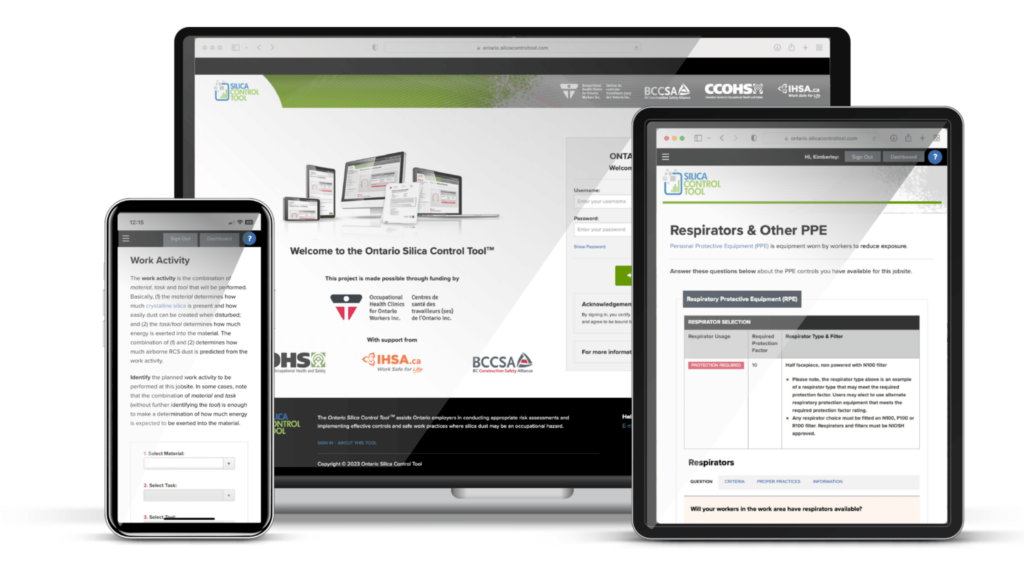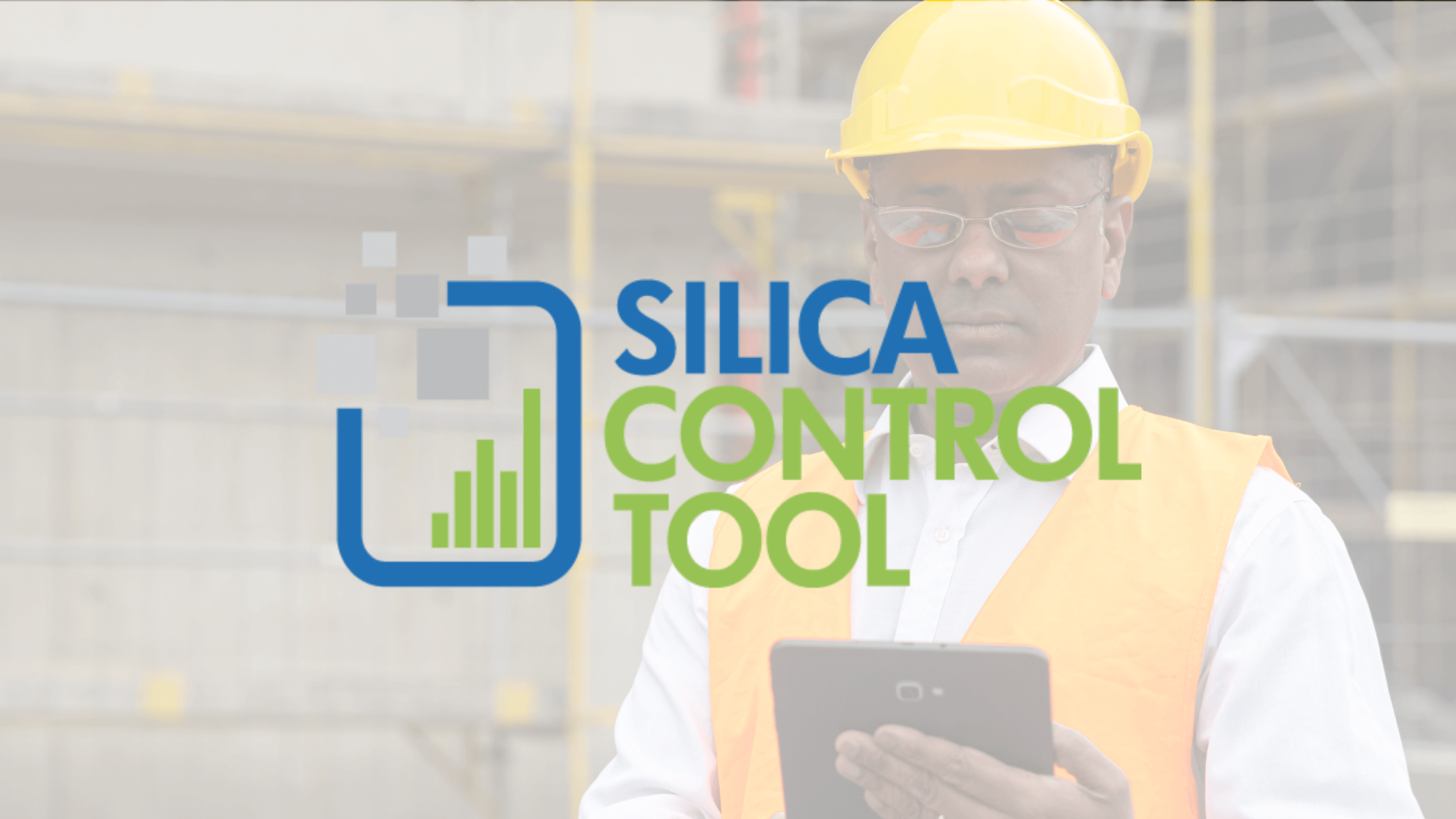Exposure to silica dust poses significant health risks to workers in construction, manufacturing, and related industries. Inhaling respirable silica can lead to serious conditions, including lung cancer, silicosis, and chronic obstructive pulmonary disease (COPD). Prolonged exposure may also result in kidney disease, underscoring the need for effective preventive measures. To address these dangers, the Occupational Health Clinics for Ontario Workers Inc. (OHCOW) offers a free Silica Control Tool to safeguard workers and improve job site safety.
What the silica control tool offers

OHCOW’s Silica Control Tool is an online resource that helps employers and workers assess silica exposure risks during specific tasks. By entering details about the materials being used and the methods involved, users receive tailored recommendations to control silica dust effectively. This tool also provides options for engineering controls, such as ventilation, and administrative controls, like worker rotation, to reduce exposure. Its user-friendly interface simplifies the process, making it accessible even for those with minimal technical experience.
Developed with input from health professionals and industry experts, the tool meets Ontario’s stringent workplace safety standards. It’s particularly valuable for tasks like cutting, grinding, or drilling materials like concrete and stone, which release fine silica particles into the air. The tool’s recommendations empower employers to implement strategies that minimize risks without compromising productivity.
Importance for construction and manufacturing
Construction and manufacturing workers often face higher silica exposure due to the nature of their work. Activities like jackhammering or cutting drywall produce airborne particles that can linger, putting nearby workers at risk. The silica control tool bridges the gap between awareness and action by offering practical solutions tailored to specific job site conditions.
Employers benefit by meeting regulatory requirements and improving worker safety, while employees gain confidence knowing their health is being prioritized. This proactive approach reduces long-term health costs and helps create safer, more efficient worksites.
Why this matters now
The tool’s introduction is especially timely as awareness about silica’s risks grows. Recent studies have highlighted the links between silica exposure and severe health outcomes, pushing regulators to adopt stricter enforcement of safety measures. This free resource offers businesses an opportunity to stay ahead of compliance standards while building a safety-first culture.
The Silica Control Tool is about more than protecting workers today; it’s about ensuring their long-term health and productivity. OHCOW’s initiative underscores the importance of accessible safety resources in industries where health risks are part of daily operations.
Encourage your team’s safety by exploring tools like this! Subscribe to our newsletter at Under the Hard Hat for updates on workplace health and safety tools and resources.


